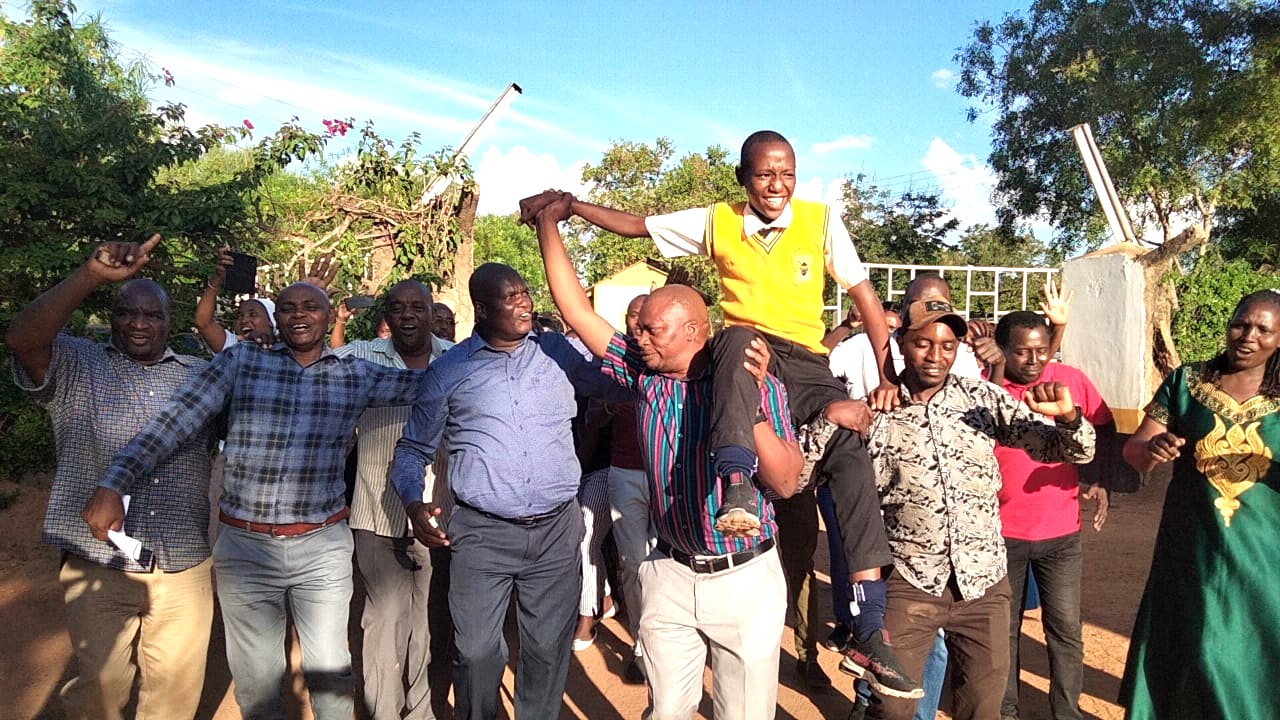Children are born curious. Long before they can speak, they reach for the soil, splash in puddles and chase butterflies with unfiltered wonder. They are natural explorers of the world around them, attuned to the sights, sounds, and rhythms of nature. Yet, as the modern world grows increasingly disconnected from the environment, many children are losing daily contact with the natural world that once shaped their ancestors’ imagination and survival. In this context, early childhood classrooms have a unique and urgent role to play: to reconnect children with the Earth and nurture in them the seeds of environmental stewardship.
The concept of environmental stewardship in early childhood education goes beyond teaching children to recycle or plant trees once a year. It is about cultivating a deep, respectful relationship with the natural world. It is about helping young learners understand that the Earth is not merely a resource to be used but a living system to be cared for. When educators integrate environmental learning into everyday routines, they create experiences that help children develop empathy for living things, curiosity about natural processes, and responsibility for sustainable living.
The early years are a perfect time to build these values because they are the foundation of lifelong attitudes and habits. Young children learn through direct experience. They touch, smell, observe, and imitate. When they see teachers care for plants, separate waste, or conserve water, they absorb these behaviours not as abstract lessons but as meaningful practices. Early childhood classrooms can thus become miniature ecosystems where the principles of sustainability are lived daily rather than merely taught.
Nature-based learning does not require elaborate setups or expensive materials. It begins with simple, intentional actions. A class garden, even in a small space, can be a powerful tool. As children dig, plant, and water seeds, they learn patience, cause and effect, and the miracle of growth. They begin to see the connection between what they eat and the soil that nourishes it. Watching a butterfly emerge from a chrysalis or a tomato ripen on the vine teaches lessons about life cycles more vividly than any textbook could. Such experiences anchor environmental learning in emotion and memory, shaping lifelong attitudes of care and respect.
ALSO READ:
Outdoor classrooms take this connection further. When children spend time outside—collecting leaves, observing clouds, or building with natural materials—they develop sensory awareness, creativity, and problem-solving skills. They also begin to understand that they are part of something larger than themselves. The wind, the sun, the insects, and the trees all become familiar companions in their learning journey. This intimacy with nature nurtures gratitude and stewardship naturally. Children who love the Earth will grow up wanting to protect it.
In Kenya, as in many parts of the world, early childhood educators are uniquely positioned to link environmental learning with cultural wisdom. African traditions have long emphasized harmony with nature—respecting rivers as sacred, protecting trees that mark ancestral heritage, and practicing communal land care. Integrating such indigenous knowledge into the classroom not only preserves cultural identity but also reinforces the values of sustainability. For instance, teachers can share folktales that highlight the consequences of greed or environmental neglect, or involve elders who can explain traditional conservation practices. In doing so, they make environmental education both relevant and rooted in local context.
Environmental stewardship also extends to everyday routines in the classroom. Educators can create “green habits” that children internalize through repetition. Turning off taps, switching off lights, reusing materials for art, and sorting waste for recycling are simple acts that teach responsibility. Even small practices—such as using natural light, collecting rainwater for plants, or composting food waste—can become teachable moments. These experiences show children that caring for the environment is not an occasional project but a way of life woven into every choice they make.
Moreover, fostering environmental stewardship in early childhood education is not only about protecting the planet—it is also about nurturing holistic development. Nature-rich learning enhances physical health, reduces stress, and boosts concentration. Studies show that children who spend more time outdoors are happier, more confident, and more resilient. Nature encourages imagination and cooperation because it offers open-ended possibilities rather than fixed outcomes. A pile of stones can become a castle, a forest a kingdom, and a stick a magic wand. In such moments of play, children learn agency—the belief that they can shape their world. That sense of empowerment is the heart of environmental stewardship.
Teachers play a crucial role in modelling this relationship. When they express wonder at a blooming flower or empathy for an injured bird, they show children what care looks like. Their tone, language, and actions communicate powerful messages about the value of nature. It is not enough to tell children to “love the environment.” They must see love in action—through the teacher’s gentleness with living things, their excitement about discovery, and their respect for every form of life. In this way, environmental education becomes a moral and emotional journey as much as an intellectual one.
ALSO READ:
KUCCPS pushes for compulsory national service for state-sponsored tertiary students
Parents and communities also have a vital part to play. Environmental learning must extend beyond the classroom into homes and neighbourhoods. Schools can organize clean-up days, tree-planting events, or nature walks involving families. When children see adults around them working together to improve their surroundings, they learn that stewardship is a shared responsibility. These collaborations also remind communities that sustainability is not an abstract agenda—it begins with the spaces we inhabit daily.
However, there are challenges. Urbanization has reduced children’s access to natural spaces, and overcrowded curricula sometimes push outdoor learning to the margins. Teachers may lack training or resources for environmental projects. To overcome this, education policymakers and training institutions must embed environmental education in teacher preparation programmes. Early childhood centres should be encouraged and supported to create outdoor learning areas, however small. The government and private sector can also sponsor “green classrooms” that model sustainability through eco-friendly materials and energy-saving designs. Investing in environmental education is investing in the planet’s future custodians.
Ultimately, learning from the Earth is not just a curriculum objective—it is a philosophy of life. It teaches humility, patience and interdependence. It reminds us that every action, no matter how small, affects the balance of the whole. When early childhood classrooms embrace this vision, they produce not just learners but guardians of the planet. Children who grow up with a sense of awe for nature will become adults who choose to conserve rather than consume recklessly.
In a world facing climate change, deforestation, and pollution, early childhood education stands as a beacon of hope. It is in these tender years that the conscience of future generations is formed. By learning from the Earth, young children learn about themselves—their place in the web of life and their power to nurture it. The early childhood classroom, therefore, becomes more than a learning space; it becomes a cradle for the planet’s renewal. Through the eyes and hands of its youngest learners, humanity can rediscover the sacred bond with the Earth that sustains us all.
By Virginia Bwana
Virginia is a passionate early childhood educator and an advocate of homeschooling.
You can also follow our social media pages on Twitter: Education News KE and Facebook: Education News Newspaper for timely updates.
>>> Click here to stay up-to-date with trending regional stories
>>> Click here to read more informed opinions on the country’s education landscape






